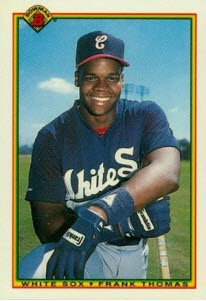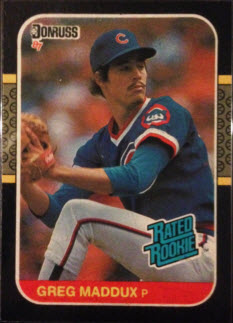Lessons from Frank Thomas: Know the Zone, Keep it Simple

Frank Thomas was inducted last weekend into the Baseball Hall of Fame, along with two others with fairly strong Chicago-area ties: Greg Maddux (Cubs) and Tony LaRussa (White Sox).
 Having been a former college and semi-pro pitcher, when Frank Thomas came to the White Sox, I thought he really looked like an excellent hitter. So, I asked the best hitter I ever pitched against, Ed Spiezio, what he thought. Ed played ten years in the Major Leagues with the Cardinals, Padres, and Sox.
Having been a former college and semi-pro pitcher, when Frank Thomas came to the White Sox, I thought he really looked like an excellent hitter. So, I asked the best hitter I ever pitched against, Ed Spiezio, what he thought. Ed played ten years in the Major Leagues with the Cardinals, Padres, and Sox.
Ed said there were two things that he felt would lead to a great career for Thomas – he really knew the strike zone and he had excellent discipline at the plate. He rarely swung at pitches out of the strike zone.
Just like Thomas knew the strike zone, leaders have to know their business. I always admired our local 7UP Company. When college graduates came to work there, they all began their careers on the truck. They learned the beverage business from the ground floor.
Joey Meyer, the former DePaul basketball coach, once made an interesting observation on our two coaching careers. He said I was fortunate to begin coaching at the high school freshman level, whereas he began at the college level. His point was I had to learn the game from the most elementary level. I had to learn the simplicity of the game, the fundamentals of the game.
Thomas had discipline at the plate. Leaders cannot jump at all the new ideas. They have to have the patience and discipline to judge what fits their business and what does not.
Knowing the strike zone and having discipline at the plate led Frank Thomas to a Hall of Fame career. Keeping things simple and having the discipline to stay with that simplicity can make for a Hall of Fame career.











